Real results: 3 enterprise projects powered by Reliable Controls
Explore how our technology automates complex enterprise portfolios.




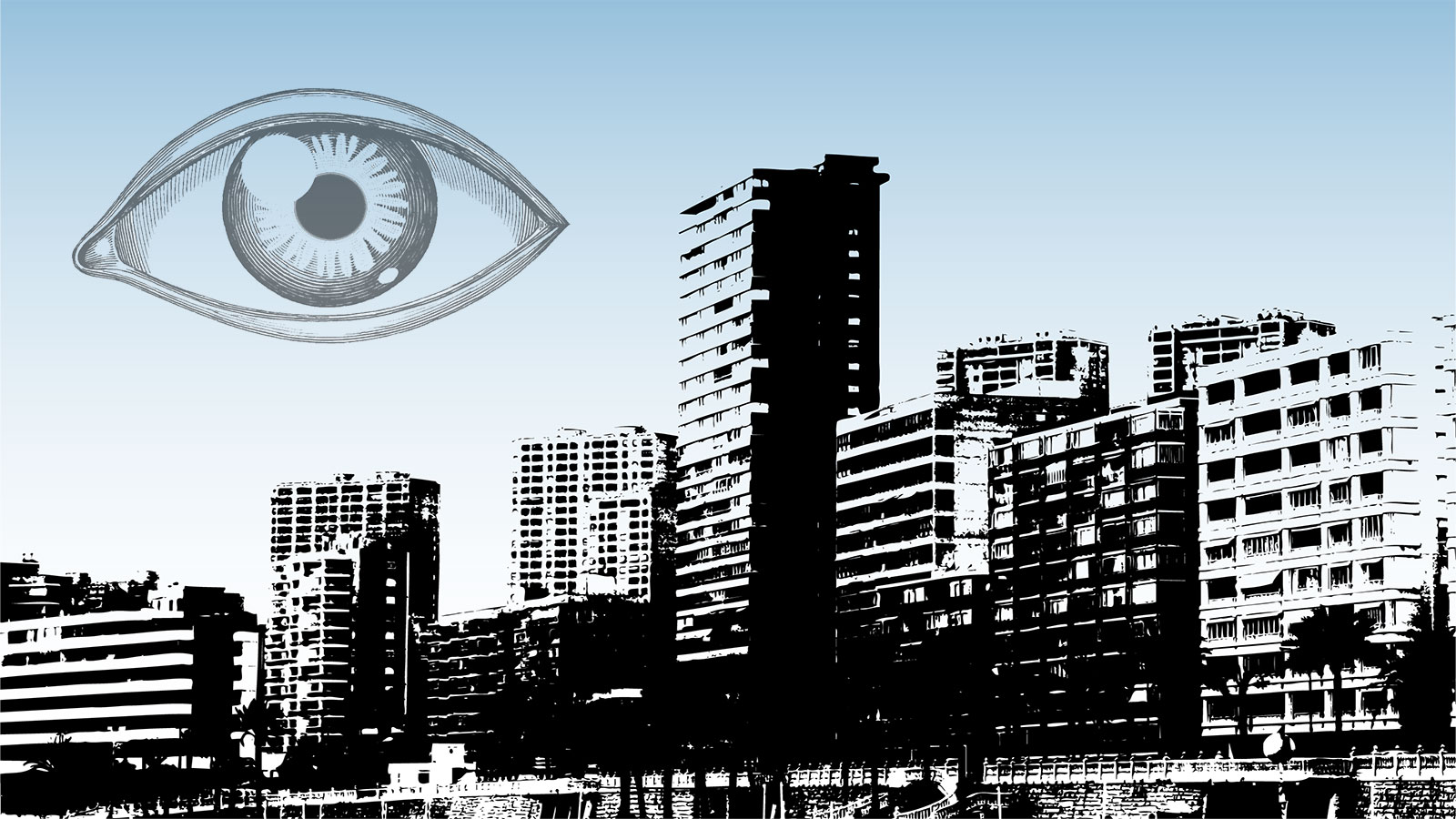
Recent headlines indicate that 2021 will be the year of “makeup” travel. All the canceled plans of 2020 created a growing population eager to spend money on replacement vacations and leisure travel. No travel or replacement vacation would be complete without a classic packing checklist: clothes, toiletries, electronic chargers, medications, passports, sunglasses, and countless other items to shove into an ever-expanding suitcase. But even the greatest travel checklist cannot prevent the traveler from having that sinking feeling and asking: What did I forget? Am I sure I have everything?

The goal of any checklist is to ensure that nothing is forgotten or overlooked, and everything is…ready. Over the past year, built-environment professionals have dealt with no shortage of checklists. Physical-distancing checklists required building owners to install plexiglass dividers between staff and customers. Cleaning checklists had to be revamped to include increased sanitization practices. Employees had to add a mask to their everyday-carry checklist before they left home for the office. The building automation system checklist included many practices to improve ventilation and filtration in efforts to combat airborne particulates.
In early February, the ASHRAE Epidemic Task Force released a revised Building Readiness Guide. The importance of providing a safe building is at the forefront of the building operator’s mindset. As a Reliable Controls Authorized Dealer, you play a vital role on the building readiness team. The ASHRAE Building Readiness Guide provides updated reopening guidance for HVAC systems to help mitigate the spread of COVID-19.

ASHRAE’s building readiness information provides guidance and checklists for how a building should be operating. According to ASHRAE, building readiness modes of operation should include the following:
The ASHRAE Epidemic Task Force created a single-page document of Core Recommendations for Reducing Airborne Infectious Aerosol Exposure, worth reading.
The Building Readiness Guide references the importance of a building readiness team; Authorized Dealers like you are a vital part of any such team to perform the analysis, testing, design, construction, control programming, balancing, commissioning, maintenance, and operation services necessary to help prevent transmission of COVID-19 in the built environment.

ASHRAE recommends that building readiness team document the HVAC and non-HVAC mitigation strategies it plans to use, whether for temporary or permanent modifications. Ideally, all facility operators and occupants should be aware of and understand the plan.
Non-HVAC strategies pertain to tactics like face mask requirements, physical distancing, directional flow for office spaces, cleaning requirements, building occupancy limits, and physical barriers between workstations.
HVAC strategies include increased ventilation, improved air filtration, and air-cleaning devices that use ultraviolet germicidal irradiation and other technologies.
Each HVAC system should be analyzed to determine the appropriate engineering controls that will help reduce virus transmission in a building. According to the Building Readiness Guide, HVAC system evaluation should include the following steps:
1. Gather and review building and system documentation, including:
2. Inspect equipment, systems, and controls to find any existing issues. Start with components like boilers, chillers, air-handling units, fan-coil units, and control sensors; then look at systems, such as the chilled water, hot water, air-handling, and refrigerant systems; and finally examine the BAS and integrated building operations, including graphical user interfaces, temperature and humidity setpoints, schedules, alarms, access control, and remote access capabilities.
3. Consider the HVAC strategies that could reduce the bio-burden on the building.
4. Follow the guidance in ASHRAE Guideline 11-2018 when you check HVAC control component calibration.
5. Prepare a work log and purchase orders for building operators and service providers to correct any critical issues you identified in steps 1 and 2 that prevent the BAS from functioning optimally.
6. Prepare a building readiness plan that identifies virus transmission mitigation strategies.
One of the most vital parts of evaluating the BAS is the need for remote access. The Building Readiness Guide states that if the building is equipped with a BAS, it should have an existing method for remote access. If the BAS does not incorporate a tool like RC-RemoteAccess®, the building owner should endeavor to provide one. Cybersecurity is critical to preventing the BAS and other building networks from unauthorized access.
The Building Readiness Guide provides extensive guidance about increasing building ventilation above the design intent or local code requirements as one mitigation strategy. Consider adjusting the space-comfort setpoints to use more outside air, keeping in mind a relative humidity level between 40 and 60 percent has been shown to reduce the risk of infection from transmissible diseases like COVID-19.1 When relative humidity drops below 40 percent, viruses survive longer, and infectious aerosol droplets shrink to miniscule diameters and persist in the air longer, transmitted over substantial distances. Additionally, the smaller the droplet, the deeper the penetration into lungs and the more severe the illness.

The ASHRAE Epidemic Task Force examined increasing ventilation using several methods. Consult the Building Readiness Guide for detailed strategies, including increasing outdoor air based on the cooling coil and on space conditions.
Another important consideration is building and space pressure. Be cautious when increasing outside air without adjusting exhaust and relief-air systems to prevent problems like doors that won’t close, excessive noise, and issues in areas intended to be negatively pressurized, like commercial kitchens and bathrooms.
Consider flushing spaces before and after occupancy to reduce the concentration of airborne infectious particles (by up to 95 percent, according to ASHRAE).2 Adequate flushing requires three changes of space volume using outdoor air. Consult the Building Readiness Guide for a calculation methodology.
ASHRAE encourages building owners to improve HVAC filters following the guidance on its COVID-19 Preparedness Resources webpage. It recommends that mechanical filter efficiency be at least MERV 13, preferably MERV 14 to better mitigate the spread of infectious diseases. Consult the Building Readiness Guide for practical approaches to increasing MERV in an air-handling unit.

The Guide further details UVGI technology, energy considerations, domestic water and plumbing systems, and checklists for HVAC system maintenance. It is a comprehensive, up-to-date document with a wealth of information to help you guide building owners to operate their buildings safely and efficiently now and in the future.

The ASHRAE Building Readiness Guide is meant to help you return buildings to the new normal mode of operation, but what is the new normal? Facility owners need to address certain issues as they modify building systems. ASHRAE’s website is regularly updated with new guidance for reopening buildings. In addition, continue to follow your local, regional, and federal governments’ advice for workspaces and gathering places.
Peace of mind and vacation relaxation is realized when your travel checklist is comprehensive and complete. Despite a difficult year, COVID-19 provides a good opportunity for you to provide valuable insight on what the new normal sequences of operation look like for the built environment. Can you provide your customers with building readiness checklists to guide them to safely reopen and operate? Are the buildings you care for ready to set and go? ASHRAE’s Building Readiness Guide can help.

1 https://www.esmagazine.com/articles/100246-using-the-indoor-environment-to-contain-the-coronavirus
2 https://www.ashrae.org/file%20library/technical%20resources/covid-19/ashrae-building-readiness.pdf
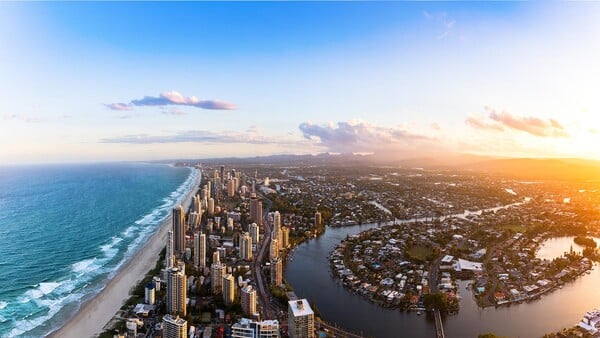
Explore how our technology automates complex enterprise portfolios.
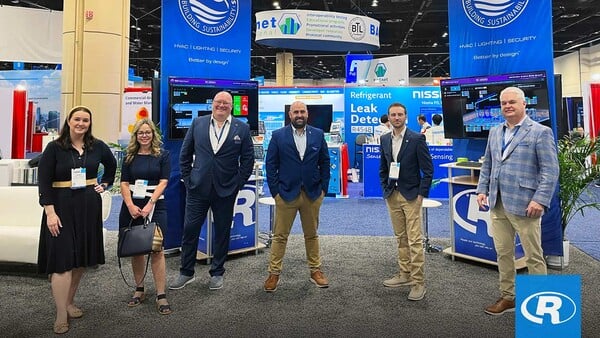
AHR Expo is always a highlight for the Reliable Controls team. Here's what we learned this year.
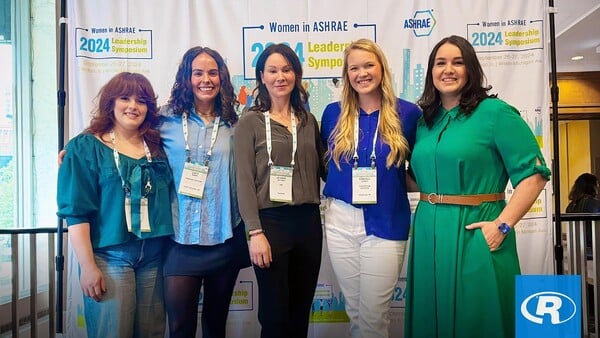
Learn how we're helping shape an industry where everyone can thrive.
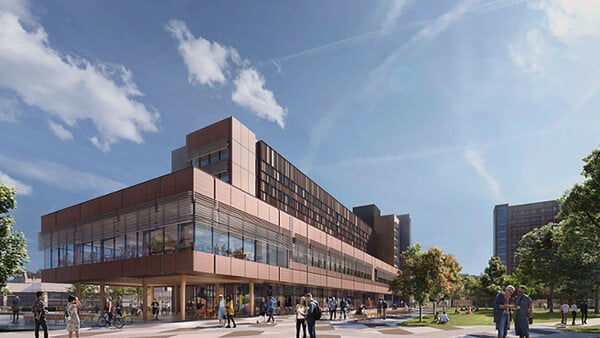
Explore 5 inspiring education projects that showcase the power of people and technology you can rely on.
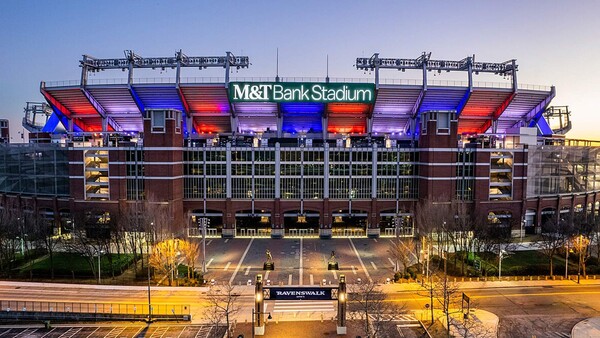
Read about three great sports and wellness venues enhanced by Reliable Controls technology.

Are you a school administrator or facility manager? A fully integrated Reliable Controls solution can empower you to offset your energy costs, create healthy classrooms, and safeguard occupants. Here’s how.
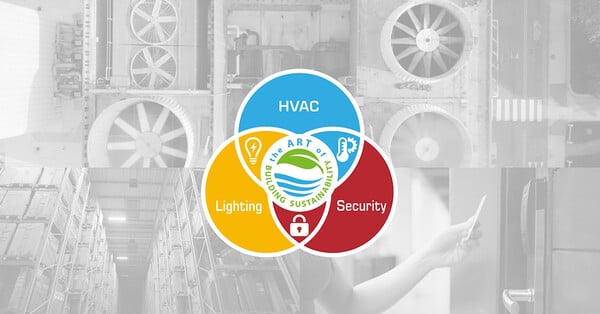
The future of building automation is here! Learn about Ethernet controllers, and discover how the RC-FLEXone will elevate your building’s performance.